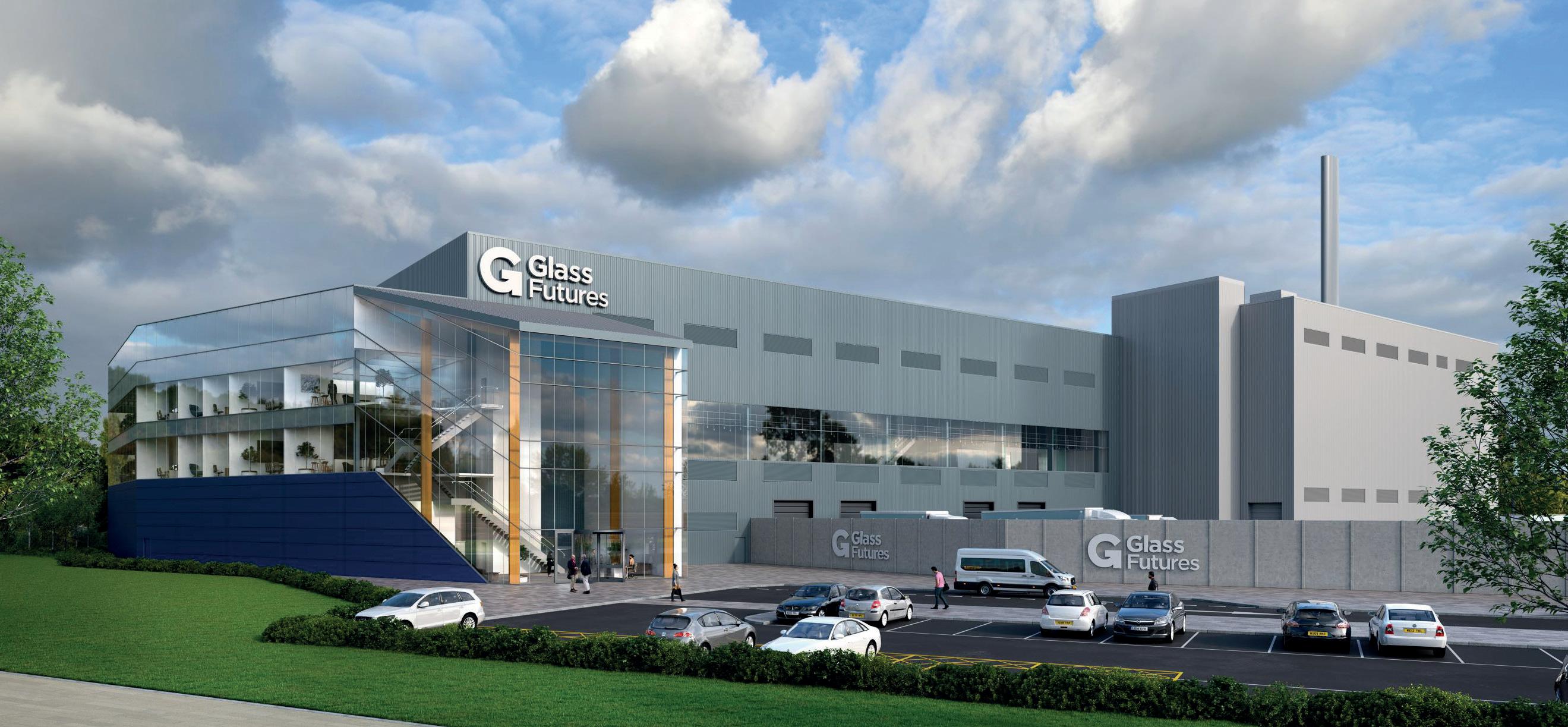
5 minute read
Comment: acquisitions The changing face of glass business
The changing face of glass makers
David Harbcraner discusses what impact the recent wave of investments in the glass manufacturing industry will have.
Recently there have been a number of successful transactions which have seen container glass plants around the world changing hands. In itself, this should be regarded as positive. There are investors with money who see the glass industry as an attractive investment. Of course, for every buyer there is a seller. These sellers see it as time to cash out and exit from the industry.
Overall, are these new investors a positive and healthy wave for the industry? Investors will be looking to grow investments and maximise their returns. This could mean that there will be a fl ood of capex spent creating a step change in technology and productivity which are positive forces that could drive the industry forward. On the other hand, the step in investment could simply be fi lling in the hole created by years of under investment by the previous owners. This is also a positive force. We all hope that the new owners don’t simply squeeze all juice out of their newly acquired assets, leaving them in a perilous state after a couple of years. Time will tell if these transactions create a step change or result in an short term exploitation and digging a hole of under investment.
The new owners of these recent transactions have different profi les, with a range of differing approaches. They include private equity, glassmakers, diversifi ed packaging companies, fi llers and entrepreneurs each with differing time horizons and investment approaches. Which type of investor is best for the industry in the long term?
The big money from Private Equity
Private equity fi rm, Blackstone, was successful in acquiring Piramal Glass recently for a reported $1bn. Serious money by any measure.
Private equity fi rms are normally in it primarily for the money. They will push like crazy to extract the maximum and increase the valuation, so that they can exit and count their profi ts after a few years. Their time horizons are normally fi ve to seven years, which is relatively short, when compared with the glass industry, where time horizons are measured in multiple furnace campaigns of 12 to 15 years.
PE fi rms’ conventional approach often involves ruthless reductions in expenditure and cost control, minimising capex, sweating the assets and leveraging the balance sheet to the max. Some may conclude this being detrimental in the long term.
On the other hand, PE companies have a large war chest of money. They could bet that a signifi cant investment in technology will dramatically increase capability, capacity and effi ciency. This drives extraordinary value creation for them on their exit. No doubt a positive for the industry.
Upstream investment and divestiture by brand owners
AB InBev has been actively investing and divesting in the glass business. It is the largest brewer, and arguably the biggest buyer of glass in the world. Last year it invested into Nampak Glass now Isanti Glass, with promises of continued investment and expansions which certainly sounds positive.
Contrasting this in February, it announced the sale of the Longhorn glass plant in the USA to Ardagh. One can debate the real reasons that drove these upstream investments and divestitures and their timing. However, one thing is clear, making and selling beer is usually more profi table than selling glass.
The buyer, Ardagh, is the second largest glass maker in the world and announced last year a four-year capital investment programme of $1.8bn, of which 15% was earmarked for its glass business.
With positive speak of large investments in capex, a takeover of a glass plant by Ardagh sounds like a long term positive. For the Longhorn plant, do the new owners bring increased investment in technology compared with the previous owners?
Regional consolidation
There have been many examples where smaller local glass manufacturers have benefi ted by being incorporated into larger glass makers. Potentially this




unlocks synergies and opportunities for expansion and economies of scale and skills, which is again a positive.
Good examples of these include Vetropack’s acquisitions in Moldova, BA taking over Yioula; Altair acquiring Frigo Dubai; Consol buying Glass Force and Central Glass, O-I acquiring Vical and Vitro, Ardagh buying Anchor, Vidrala securing Encirc, to name a few.
New entrants
O-I sold its Australian and New Zealand operations in 2020. This is part of a strategic and tactical divestiture programme aligned with its ‘Portfolio Optimisation’ strategy. These transactions have generated some much needed cash which has helped OI get its debt burden under control – a positive for O-I.
The new owners in Australia, Visy, a diversifi ed packaging company, with ambitions to enter a new packaging substrate, have legacy of investing in technology and a long term view – in all, it appears very positive for the industry.
Entrepreneurs see value in glass
A number of entrepreneurs are investing lots of money into new glass plants - Arglass in the US, Embalvidro in Angola and Glass Pack in Lebanon. New entrants see the opportunity and use technology to get ahead of the market – a positive wave for the industry.
Investors will come and go
There is no shortage of investors seeking their fortunes in what many consider a mature industry.
An industry renowned for is long term cycle’s, relatively predictable custom, and strong cash generation. This is very positive for the industry.
History will reveal which approach and which of new owners are best for the industry. Which owners will provide the step-up in technology and capability and which ones will simply exploit and dig holes of under investment? �











